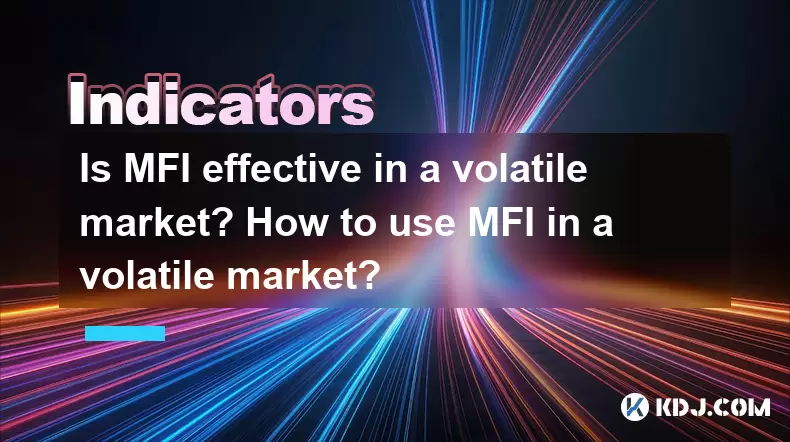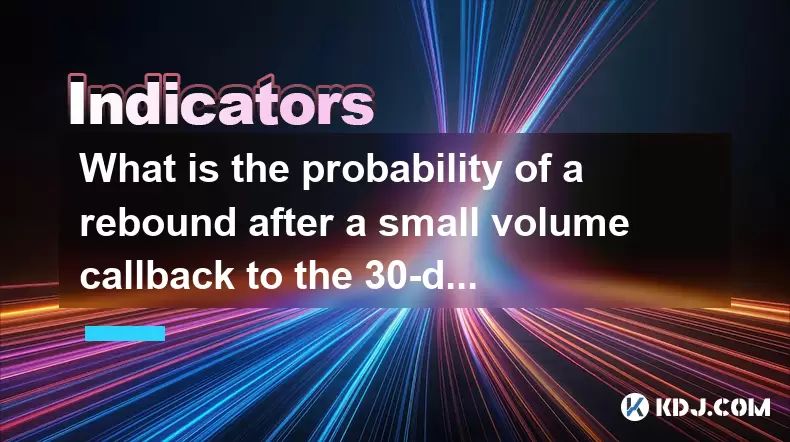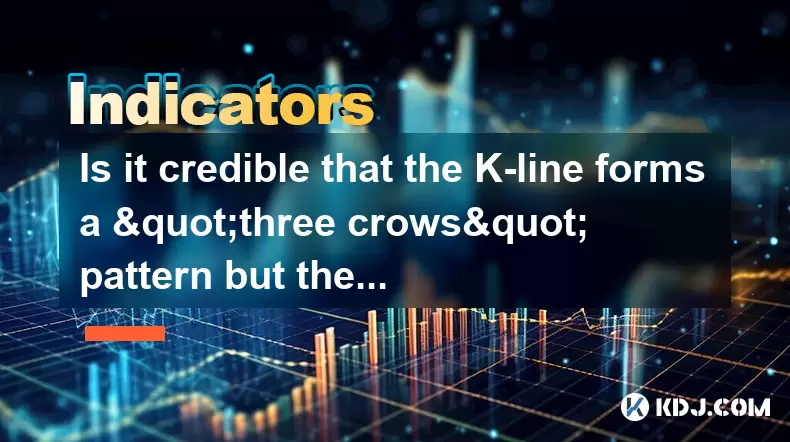-
 Bitcoin
Bitcoin $105,978.7605
5.45% -
 Ethereum
Ethereum $2,423.8735
9.54% -
 Tether USDt
Tether USDt $1.0005
0.02% -
 XRP
XRP $2.1626
9.40% -
 BNB
BNB $641.9746
4.79% -
 Solana
Solana $146.4071
11.93% -
 USDC
USDC $0.9999
0.00% -
 TRON
TRON $0.2735
4.33% -
 Dogecoin
Dogecoin $0.1646
10.74% -
 Cardano
Cardano $0.5839
9.61% -
 Hyperliquid
Hyperliquid $38.4234
8.79% -
 Sui
Sui $2.8430
18.30% -
 Bitcoin Cash
Bitcoin Cash $469.1401
3.03% -
 Chainlink
Chainlink $12.9029
12.83% -
 UNUS SED LEO
UNUS SED LEO $9.1005
0.89% -
 Avalanche
Avalanche $18.1358
11.70% -
 Stellar
Stellar $0.2453
8.78% -
 Toncoin
Toncoin $2.9174
7.94% -
 Shiba Inu
Shiba Inu $0.0...01160
11.29% -
 Litecoin
Litecoin $85.3114
7.70% -
 Hedera
Hedera $0.1512
15.21% -
 Monero
Monero $309.9386
4.88% -
 Ethena USDe
Ethena USDe $1.0007
0.03% -
 Polkadot
Polkadot $3.4098
9.78% -
 Dai
Dai $1.0002
0.02% -
 Bitget Token
Bitget Token $4.1523
4.23% -
 Uniswap
Uniswap $6.8863
11.50% -
 Pepe
Pepe $0.0...09973
13.94% -
 Pi
Pi $0.5363
7.15% -
 Aave
Aave $255.4680
15.65%
Is MFI effective in a volatile market? How to use MFI in a volatile market?
MFI can be effective in volatile crypto markets but requires careful interpretation and confirmation with other indicators to avoid false signals.
May 25, 2025 at 10:36 pm

The Money Flow Index (MFI) is a popular technical indicator used by traders to gauge the strength and direction of money flowing in and out of a cryptocurrency. In volatile markets, where prices can fluctuate rapidly and unpredictably, the effectiveness of MFI becomes a critical question for traders. This article explores whether MFI is effective in volatile markets and provides a detailed guide on how to use MFI in such conditions.
Understanding MFI and Volatility
The Money Flow Index (MFI) is a momentum indicator that measures the inflow and outflow of money into a security over a specified period, typically 14 days. It is often compared to the Relative Strength Index (RSI) but includes volume, which makes it a more comprehensive tool for assessing market conditions. MFI values range from 0 to 100, with readings above 80 indicating overbought conditions and readings below 20 suggesting oversold conditions.
Volatility in the cryptocurrency market refers to the rapid and significant price movements that can occur within short periods. High volatility can lead to increased trading opportunities but also heightens the risk of substantial losses. The question of whether MFI is effective in volatile markets hinges on its ability to provide reliable signals amidst these fluctuations.
Effectiveness of MFI in Volatile Markets
In volatile markets, MFI can be both effective and challenging to use. The inclusion of volume in its calculation makes MFI more responsive to market changes than indicators like RSI, which only consider price. This responsiveness can be beneficial in volatile markets, as it helps traders identify potential reversals or continuations more quickly.
However, the effectiveness of MFI in volatile markets also depends on the trader's ability to interpret its signals correctly. False signals are more common in highly volatile conditions, where rapid price movements can trigger overbought or oversold readings that do not necessarily lead to a reversal. Therefore, while MFI can provide valuable insights, it should not be used in isolation.
How to Use MFI in a Volatile Market
Using MFI effectively in a volatile market requires a strategic approach. Here are detailed steps to help you leverage MFI in such conditions:
Identify Overbought and Oversold Conditions: Monitor MFI readings closely. When MFI exceeds 80, it suggests that the asset may be overbought, and a price correction could be imminent. Conversely, an MFI reading below 20 indicates oversold conditions, potentially signaling a buying opportunity. In volatile markets, these thresholds may need to be adjusted slightly to account for increased price swings.
Confirm Signals with Other Indicators: To reduce the risk of false signals, confirm MFI readings with other technical indicators. For instance, if MFI indicates an overbought condition, look for bearish divergence on the price chart or confirmation from indicators like the Moving Average Convergence Divergence (MACD) or Bollinger Bands.
Use Volume Analysis: Since MFI incorporates volume, pay close attention to volume patterns. A high MFI reading accompanied by increasing volume can reinforce the signal, while a high MFI with declining volume might suggest a weakening trend.
Set Realistic Expectations: In volatile markets, expect more frequent and potentially larger price swings. Adjust your trading strategy to accommodate these conditions, setting appropriate stop-loss and take-profit levels to manage risk.
Monitor Market Sentiment: In addition to technical analysis, keep an eye on market sentiment. News events, social media trends, and other external factors can significantly influence cryptocurrency prices, especially in volatile markets. Combining MFI with sentiment analysis can provide a more holistic view of market conditions.
Combining MFI with Other Strategies
To enhance the effectiveness of MFI in volatile markets, consider integrating it with other trading strategies. Here are a few approaches:
Trend Following: Use MFI to identify potential entry and exit points within an established trend. For instance, if the market is in an uptrend, look for MFI to dip into oversold territory as a potential buying opportunity. Conversely, in a downtrend, watch for MFI to reach overbought levels as a signal to sell or short.
Mean Reversion: In volatile markets, mean reversion strategies can be particularly effective. When MFI indicates extreme overbought or oversold conditions, anticipate a price correction towards the mean. This strategy can be combined with tools like Bollinger Bands to identify when prices are deviating significantly from their average.
Breakout Trading: MFI can also be used to confirm breakout signals. If a cryptocurrency breaks out of a consolidation range with high volume, and MFI supports the breakout by not being in extreme territory, it can increase confidence in the trade.
Practical Example of Using MFI in a Volatile Market
To illustrate how MFI can be used in a volatile market, consider the following example:
- Scenario: Bitcoin (BTC) is experiencing high volatility, with prices swinging between $40,000 and $50,000 over a few days.
- Step 1: Monitor the MFI for Bitcoin. You notice that the MFI has reached 85, indicating overbought conditions.
- Step 2: Confirm the signal by checking other indicators. You see that the MACD is showing bearish divergence, suggesting a potential price drop.
- Step 3: Analyze volume. You observe that volume is starting to decline as the price approaches $50,000, which could indicate weakening momentum.
- Step 4: Set a trade. Based on the overbought MFI, bearish MACD divergence, and declining volume, you decide to short Bitcoin with a stop-loss just above $50,000 and a take-profit at $45,000.
- Step 5: Monitor the trade. As Bitcoin's price begins to fall, you keep an eye on MFI and other indicators to adjust your stop-loss and take-profit levels if necessary.
Adjusting MFI Parameters for Volatility
In highly volatile markets, you may need to adjust the standard MFI parameters to better suit the market conditions. Here are some tips:
- Shorten the Period: The standard MFI period is 14 days, but in volatile markets, a shorter period (e.g., 7 or 10 days) can make the indicator more responsive to rapid price changes.
- Adjust Overbought/Oversold Thresholds: Instead of using the standard 80/20 thresholds, consider using 75/25 or even 70/30 to account for increased volatility.
- Combine with Moving Averages: Using MFI in conjunction with moving averages can help filter out false signals. For example, if MFI indicates an overbought condition but the price is still above a key moving average, it might be premature to sell.
FAQs
Q: Can MFI be used effectively in all types of cryptocurrencies?
A: While MFI can be applied to any cryptocurrency, its effectiveness may vary depending on the liquidity and trading volume of the asset. For less liquid cryptocurrencies, MFI signals might be less reliable due to lower trading volumes.
Q: How often should I check MFI in a volatile market?
A: In highly volatile markets, it's advisable to check MFI at least daily, if not more frequently, to stay on top of rapid market changes. Intraday traders might need to monitor MFI on shorter timeframes, such as hourly or even 15-minute charts.
Q: Can MFI be used for long-term investment decisions in volatile markets?
A: MFI is primarily a short to medium-term indicator. While it can provide insights into market conditions, it is less suitable for long-term investment decisions. For long-term investments, consider combining MFI with fundamental analysis and broader market trends.
Q: Are there any specific cryptocurrencies where MFI performs better in volatile markets?
A: MFI tends to perform better with highly liquid cryptocurrencies like Bitcoin and Ethereum, where trading volumes are high and price data is more reliable. For less liquid altcoins, the effectiveness of MFI may be reduced due to lower trading volumes and potentially manipulated price movements.
Disclaimer:info@kdj.com
The information provided is not trading advice. kdj.com does not assume any responsibility for any investments made based on the information provided in this article. Cryptocurrencies are highly volatile and it is highly recommended that you invest with caution after thorough research!
If you believe that the content used on this website infringes your copyright, please contact us immediately (info@kdj.com) and we will delete it promptly.
- Circle's Stablecoin Soars: A $62 Billion Power Play
- 2025-06-24 06:25:12
- COIN Act: Curbing Crypto Profiteering by Public Officials – A Necessary Step?
- 2025-06-24 06:25:12
- Bitcoin Scaling Showdown: Lightning Network, Sztorc, and the Future of Payments
- 2025-06-24 04:25:12
- Cathie Wood, ARK Invest, and Circle Shares: A Wild Ride on the Stablecoin Wave
- 2025-06-24 04:25:12
- Ruvi AI: Blockchain Tech Meets Real-World Utility – The Next Big Thing?
- 2025-06-24 05:25:13
- US, Iran, Middle East: Navigating the Geopolitical Minefield
- 2025-06-24 05:05:12
Related knowledge

What does the continuous rise of the ADX line of the DMI indicator in the downward trend indicate?
Jun 24,2025 at 05:00am
Understanding the DMI Indicator and Its ComponentsThe Directional Movement Index (DMI) is a technical analysis tool that helps traders identify the strength and direction of a trend. It consists of two primary components: the +DI (Positive Directional Indicator) and the -DI (Negative Directional Indicator). The ADX line, which stands for Average Directi...

What is the probability of a rebound after a small volume callback to the 30-day moving average to get support?
Jun 24,2025 at 05:08am
Understanding the 30-Day Moving Average in Cryptocurrency TradingIn cryptocurrency trading, the 30-day moving average (MA) is a widely used technical indicator that helps traders identify potential support and resistance levels. It calculates the average closing price of an asset over the last 30 days, smoothing out short-term volatility and providing a...

How to interpret that the time-sharing chart shows "volume and price rise together" but the MACD red column shortens?
Jun 24,2025 at 01:08am
Understanding the Concept of 'Volume and Price Rise Together'In cryptocurrency trading, when a time-sharing chart shows that both volume and price rise together, it is typically interpreted as a sign of strong buying pressure. This means more traders are entering long positions, pushing the price higher while increasing the trading volume. This phenomen...

Is it contradictory that the moving average system is arranged in a bullish pattern but the DMI shows a decline in trend strength?
Jun 23,2025 at 11:43pm
Understanding the Moving Average and DMI RelationshipIn cryptocurrency trading, technical analysis plays a crucial role in identifying potential trends and making informed decisions. Two of the most commonly used indicators are the Moving Average (MA) and the Directional Movement Index (DMI). While both tools aim to provide insight into market direction...

How to interpret that the Williams indicator quickly turns back in the overbought area but does not fall below the 50-axis?
Jun 24,2025 at 02:01am
Understanding the Williams %R Indicator in Cryptocurrency TradingThe Williams %R indicator, often referred to as Williams Percent Range, is a momentum oscillator used by traders to identify overbought or oversold conditions in financial markets, including cryptocurrency. It ranges from 0 to -100, where values above -20 are considered overbought and thos...

Is it credible that the K-line forms a "three crows" pattern but the trading volume decreases?
Jun 24,2025 at 05:56am
Understanding the 'Three Crows' Pattern in Cryptocurrency TradingThe three crows pattern is a well-known bearish reversal signal in technical analysis, often observed when an uptrend transitions into a potential downtrend. This formation consists of three consecutive long red (or bearish) candles with each opening within the body of the previous candle ...

What does the continuous rise of the ADX line of the DMI indicator in the downward trend indicate?
Jun 24,2025 at 05:00am
Understanding the DMI Indicator and Its ComponentsThe Directional Movement Index (DMI) is a technical analysis tool that helps traders identify the strength and direction of a trend. It consists of two primary components: the +DI (Positive Directional Indicator) and the -DI (Negative Directional Indicator). The ADX line, which stands for Average Directi...

What is the probability of a rebound after a small volume callback to the 30-day moving average to get support?
Jun 24,2025 at 05:08am
Understanding the 30-Day Moving Average in Cryptocurrency TradingIn cryptocurrency trading, the 30-day moving average (MA) is a widely used technical indicator that helps traders identify potential support and resistance levels. It calculates the average closing price of an asset over the last 30 days, smoothing out short-term volatility and providing a...

How to interpret that the time-sharing chart shows "volume and price rise together" but the MACD red column shortens?
Jun 24,2025 at 01:08am
Understanding the Concept of 'Volume and Price Rise Together'In cryptocurrency trading, when a time-sharing chart shows that both volume and price rise together, it is typically interpreted as a sign of strong buying pressure. This means more traders are entering long positions, pushing the price higher while increasing the trading volume. This phenomen...

Is it contradictory that the moving average system is arranged in a bullish pattern but the DMI shows a decline in trend strength?
Jun 23,2025 at 11:43pm
Understanding the Moving Average and DMI RelationshipIn cryptocurrency trading, technical analysis plays a crucial role in identifying potential trends and making informed decisions. Two of the most commonly used indicators are the Moving Average (MA) and the Directional Movement Index (DMI). While both tools aim to provide insight into market direction...

How to interpret that the Williams indicator quickly turns back in the overbought area but does not fall below the 50-axis?
Jun 24,2025 at 02:01am
Understanding the Williams %R Indicator in Cryptocurrency TradingThe Williams %R indicator, often referred to as Williams Percent Range, is a momentum oscillator used by traders to identify overbought or oversold conditions in financial markets, including cryptocurrency. It ranges from 0 to -100, where values above -20 are considered overbought and thos...

Is it credible that the K-line forms a "three crows" pattern but the trading volume decreases?
Jun 24,2025 at 05:56am
Understanding the 'Three Crows' Pattern in Cryptocurrency TradingThe three crows pattern is a well-known bearish reversal signal in technical analysis, often observed when an uptrend transitions into a potential downtrend. This formation consists of three consecutive long red (or bearish) candles with each opening within the body of the previous candle ...
See all articles
























































































